Draining the fresh water tank of your Oliver Trailer is an essential maintenance task that ensures the longevity and efficiency of your trailer’s plumbing system. In this guide, we will provide a comprehensive, step-by-step approach to effectively draining your trailer’s fresh water tank.
Understanding Your Oliver Trailer’s Fresh Water System
Before diving into the draining process, it is crucial to grasp the basics of your fresh water system. Oliver Trailers are designed with a user-friendly layout that includes a fresh water holding tank, pump, and various fittings that manage the flow of water throughout the trailer. Regular maintenance, such as draining the tank, protects against the build-up of sediment and bacteria, ultimately ensuring clean and safe drinking water.
The Importance of Draining Your Fresh Water Tank
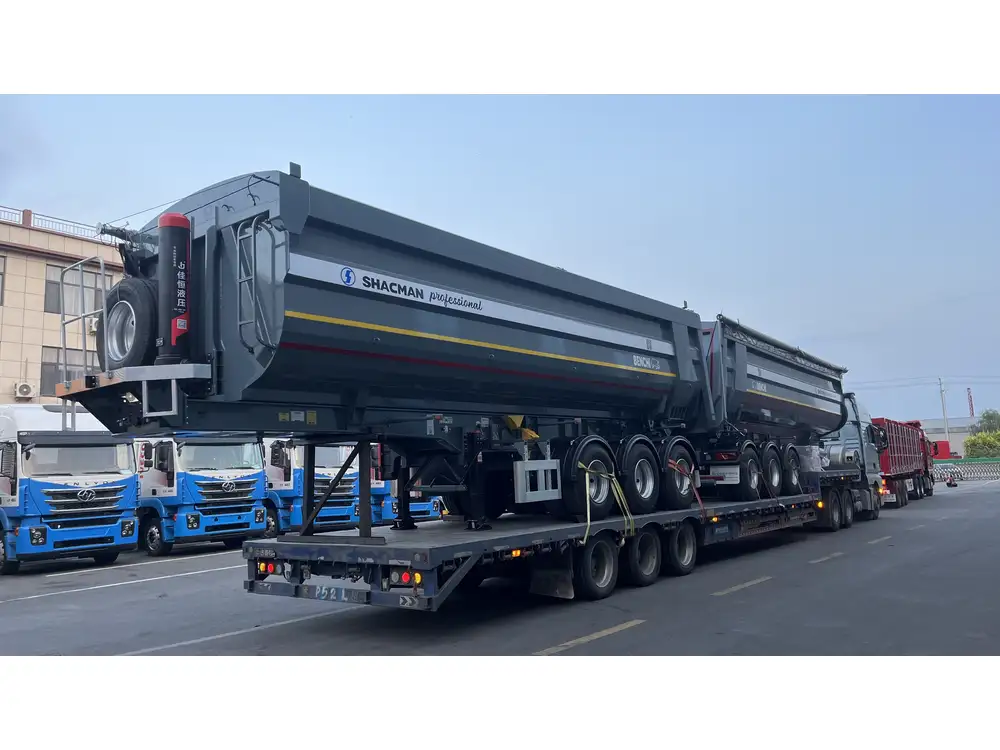
Benefits
- Prevents Contamination: Stagnant water can develop bacteria and algae, making it unsafe for consumption.
- Reduces Sediment Accumulation: Sediment build-up can clog your system and affect the effectiveness of the pump and filters.
- Improves Water Quality: Regularly draining the tank helps maintain the taste and clarity of your water.
When to Drain Your Fresh Water Tank
Consider draining your tank:
- Before long-term storage of your trailer
- After an extended period of non-use
- If the water inside has been stagnant for over a week
- Prior to winterization, to prevent freezing and cracking of the tank
Tools and Materials Needed
- Water Hose: Ensure you have a suitable drainage hose to remove water from the tank.
- Bucket or Container: This will catch any residual water should a hose not reach a suitable drain.
- Tool Kit: Depending on your trailer’s design, basic tools (screwdriver, wrench) may be necessary.
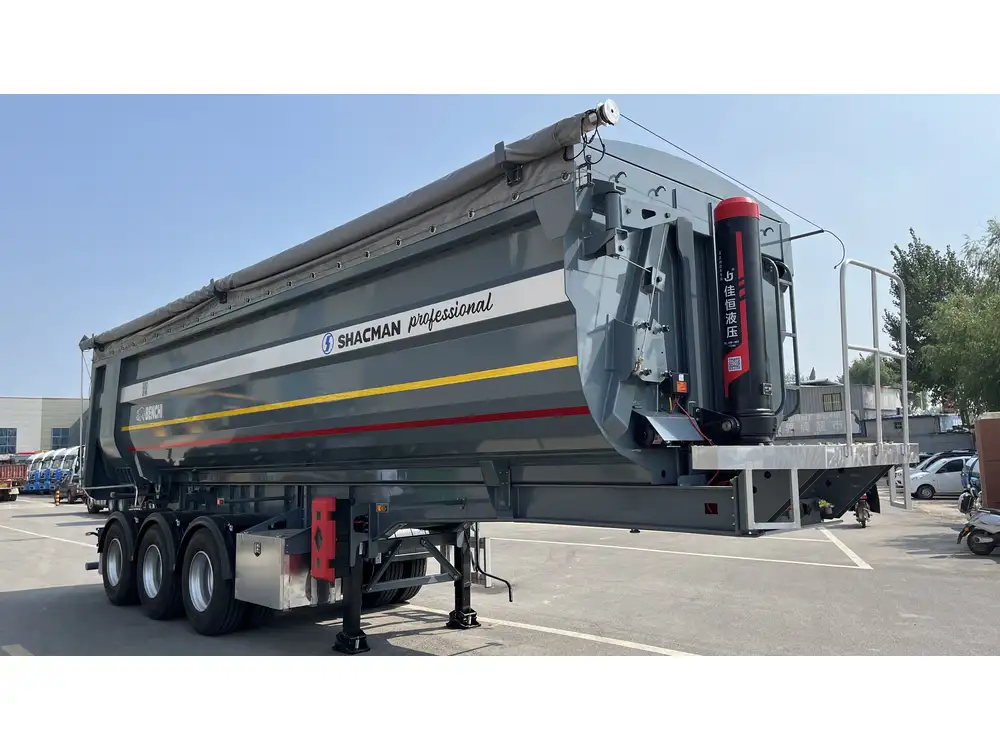
Step-by-Step Process: Draining Your Fresh Water Tank
Step 1: Prepare the Tank and Work Area
- Locate the Fresh Water Tank: Generally found within the trailer’s underbelly or storage compartment.
- Turn Off Water Supply: Ensure the water pump is switched off to prevent accidental suction during the draining process.
- Clear the Area: Remove any obstructions around the water tank to allow for easy access.
Step 2: Connect the Hose
- Identify the Drain Valve: This is typically located at the lowest point of your fresh water tank.
- Attach the Hose: Securely attach one end of the garden hose to the drain valve to channel the water out of the tank.
| Feature | Description |
|---|---|
| Drain Valve Location | Found at the bottom of the fresh water tank |
| Hose Compatibility | Standard garden hose fits most valve sizes |
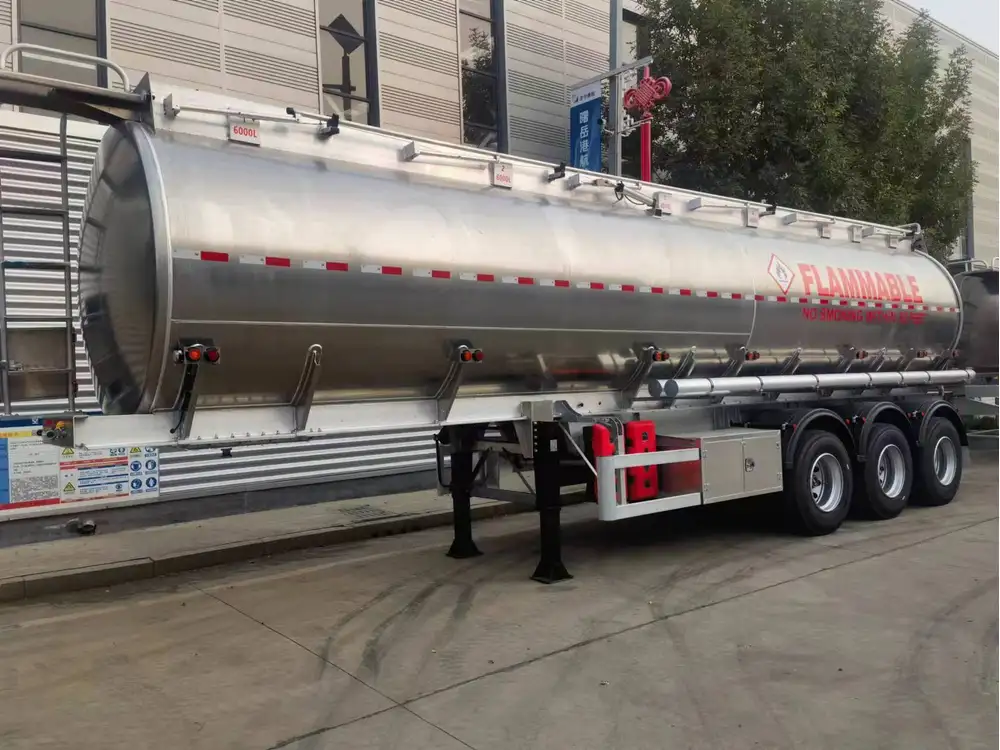
Step 3: Initiate the Drain Process
- Open the Drain Valve: Turn the valve counterclockwise to release the water.
- Watch for Water Flow: Monitor the flow of water through the hose. Ensure that it is draining completely; this can take several minutes depending on the tank size.
Step 4: Flush the System (Optional)
For added maintenance, consider flushing your tank while draining it:
- Close the Drain Valve Once Empty: Wait until the tank is completely drained.
- Fill the Tank with Clean Water: Close the inlet valve, fill your fresh water tank with fresh water, and then reopen the drain valve. This will help flush out any remaining sediment.
Step 5: Final Steps and Maintenance
- Close the Drain Valve: After flushing, ensure to close the valve tightly to prevent leaks.
- Empty the Hose: Disconnect the hose and ensure it’s drained.
- Clean the Area: Wipe down any spills and tidy the workspace before closing the trailer.

Step 6: Regular Maintenance Schedule
Establish a draining schedule:
- Monthly: Ideal if you use the trailer frequently.
- Bi-annually: For seasonal users or during long-term storage.
Tips for Maintaining Your Fresh Water System
Regular Inspections
- Visual Checks: Look for leaks or any signs of wear on hoses and connections.
- Water Quality: Taste and clarity checks can alert you to any issues that may arise.
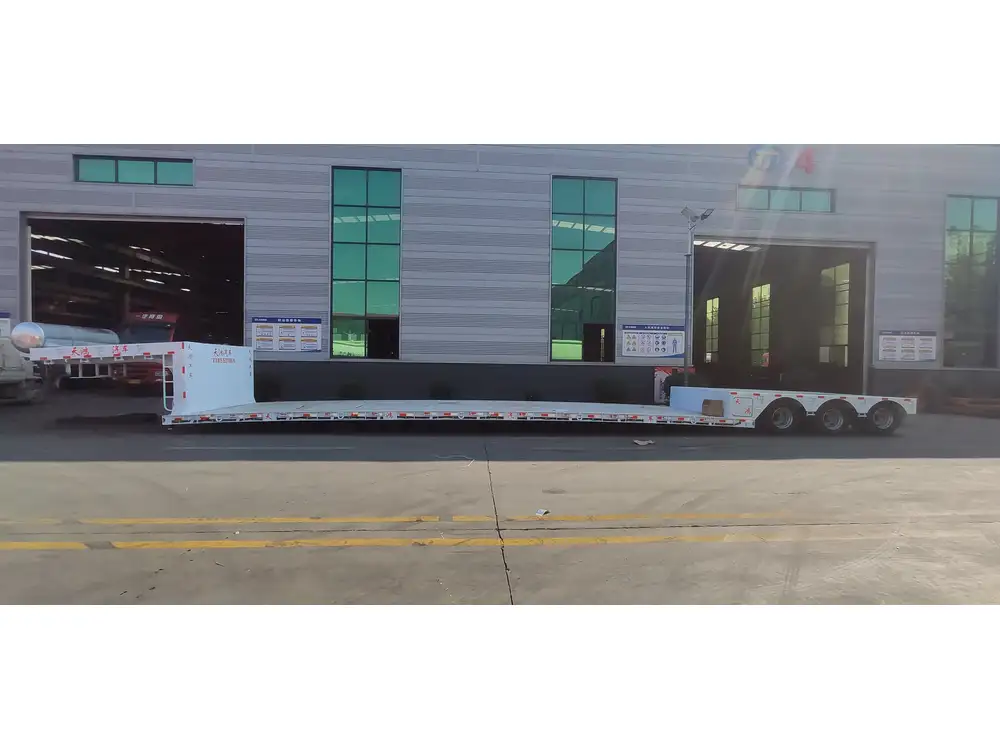
Use Water Additives
To further enhance water quality:
- Use an appropriate freshwater system sanitizer to kill potential contaminants.
| Product Type | Purpose |
|---|---|
| Sanitizers | To cleanse and sanitize the tank |
| Water Conditioners | To improve taste and prolong freshness |
Troubleshooting Common Issues
- Poor Water Flow: If you notice reduced water flow from faucets, check for clogs in hoses or fittings.
- Foul Odor: If your water smells musty or foul, empty the tank and consider sanitizing it with a chlorine solution.
- Frozen Tanks: In colder climates, ensure to drain the tank before winter storage to prevent freezing.
FAQs

How often should I drain my fresh water tank?
It is recommended to drain at least once a month if the trailer is in regular use. If it’s stored for an extended period, do so before storage.
What should I do if I can’t find my drain valve?
Consult your owner’s manual. If unavailable, look for the plumbing diagram typically included in the documentation you received upon purchase.
Can I use the water directly after draining?
Once drained and flushed, the tank should be clean and ready to refill, ensuring no contaminants remain.
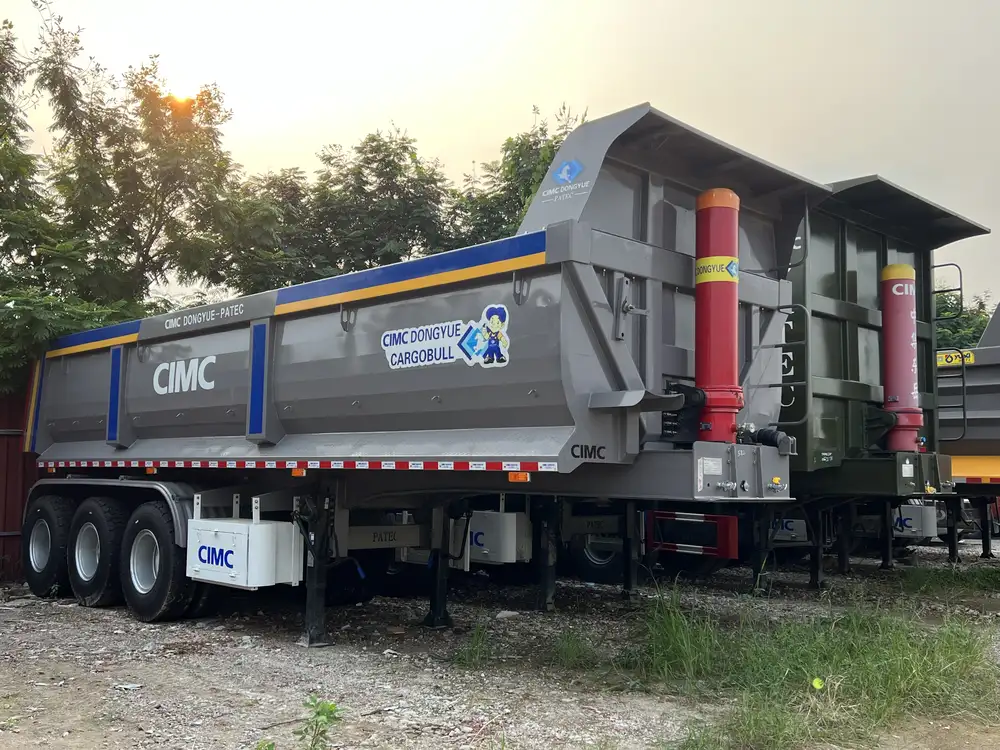
Conclusion
Draining the fresh water tank of your Oliver Trailer may seem daunting at first, but with this detailed guide, the process is straightforward and immensely beneficial for maintaining a safe and efficient water system. Regular maintenance not only enhances your camping experience but also safeguards your health and equipment. By following the outlined steps and recommendations, you can ensure your trailer remains in optimal condition, ready for your next adventure. Remember, when it comes to your fresh water system – a little attention goes a long way!



